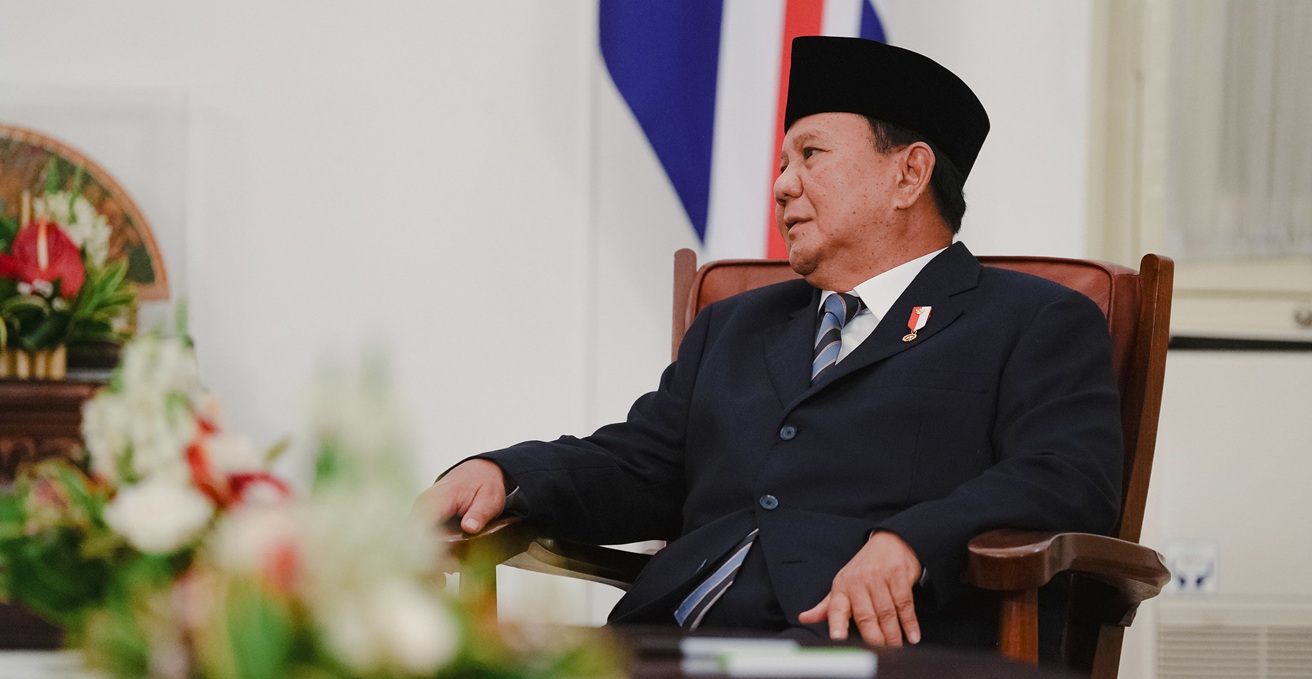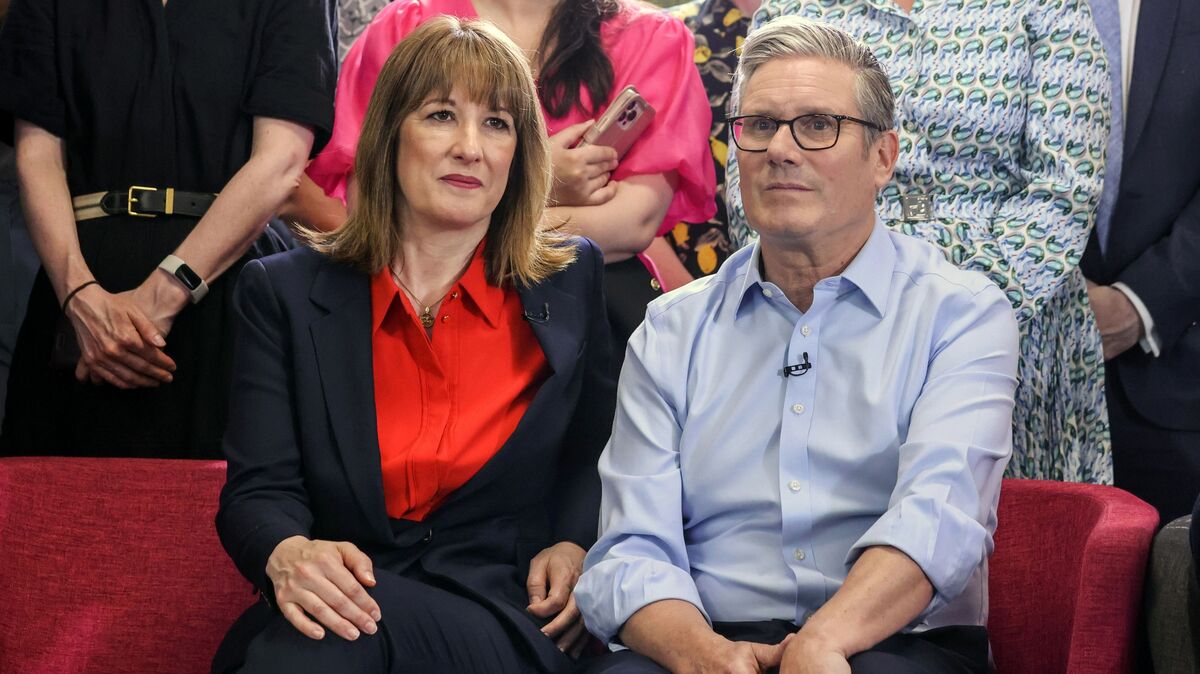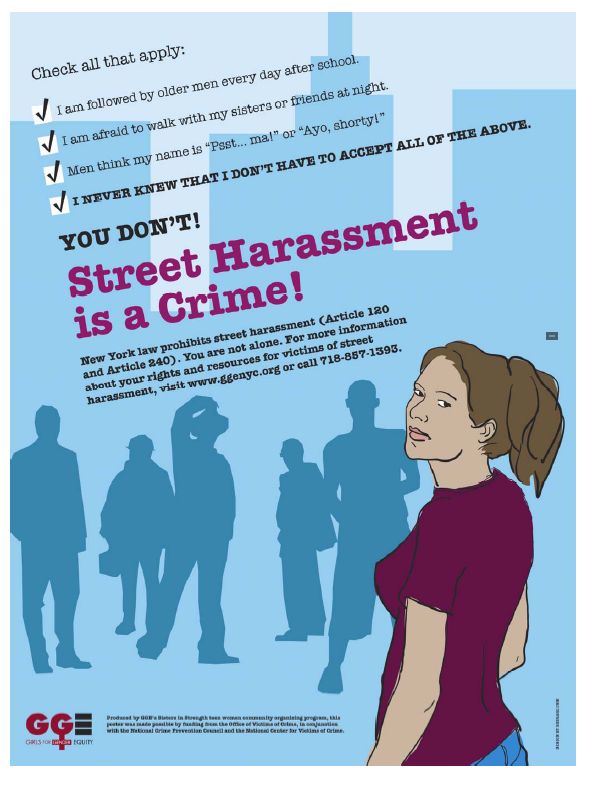Sustainable Development Goals (SDGs) Report
Breaking Taboos and Empowering Nepali Adolescents
In the heart of Bardiya district, a transformative initiative is unfolding, breaking barriers and fostering open conversations on sexual and reproductive health and rights (SRHR). The Plan International Nepal-led project in Bardiya aims to create a safe and supportive environment for girls, both at home and in school during menstruation. This project aligns with the Sustainable Development Goals (SDGs) set by the United Nations to achieve a better and more sustainable future for all.
The Power of Education: Empowering Youth
At a local school, a group of young students regularly convene at their adolescent club, defying conservative societal norms. Here, they learn about sexual and reproductive health, their rights, and how to exercise them. The club members serve as peer educators, spreading awareness and organizing activities to educate their peers.
Teachers as Advocates: Bridging the Gap
As part of the initiative, teachers receive comprehensive training in sexuality education. This shift in approach has made it easier for teachers to engage students in open conversations about sexual and reproductive health. These discussions have reduced the likelihood of early marriages among teenagers.
Engaging Parents: A Holistic Approach
The project recognizes the importance of involving parents and caregivers, particularly fathers. Fathers’ groups aim to engage men in their daughters’ reproductive health and challenge age-old traditions. By dispelling myths around menstruation, fathers contribute to changing deeply embedded cultural norms.
Beyond Knowledge: Infrastructure Support
The project not only focuses on knowledge dissemination but also provides practical support. It strengthens school-based services by constructing gender-friendly toilets, washing facilities, and menstrual health management restrooms. These initiatives aim to create a supportive environment for adolescent girls and reduce the stigma associated with menstruation.
A Promising Future
Through the collaborative efforts of organizations like Plan International, Nepal is witnessing a positive transformation in the discourse around sexual and reproductive health. By empowering adolescents with knowledge, engaging teachers in comprehensive education, involving parents in supportive conversations, and providing essential infrastructure, this initiative is breaking taboos and paving the way for a healthier, more informed generation. The impact of this project promises to extend far beyond the school walls, influencing societal attitudes and contributing to lasting change.
About the Project
The three-year Adolescent Sexual and Reproductive Health and Rights Project (2021-2023) works across 4 municipalities in the Bardiya district. Funded by the Korea International Cooperation Agency and in partnership with the Geruwa Rural Awareness Association, the project aims to improve adolescent access to crucial SRHR information. It focuses on strengthening school-based sexual and reproductive health services through infrastructure support, including the construction of gender-friendly toilets and water, sanitation, and hygiene facilities. Menstrual health management restrooms have been created to ensure a supportive environment for adolescent girls experiencing their period.
By numbers:
- 24 gender and disability-friendly toilets have been constructed in schools
- 9 handwashing facilities have been built
- Repairs and maintenance were carried out on 7 toilet facilities
- Menstrual health management rooms and adolescent-friendly information corners have been established in 36 schools
- 1,538 adolescents have been provided with peer education training on sexual and reproductive health and rights
- 141 teachers received 5 days of training in comprehensive sexuality education
- 3,523 men have taken part in fathers’ group meetings
Related Pages
- Radhika fights against menstrual taboos in her community
- Young woman with disability becomes sanitary pad entrepreneur
- Fathers’ groups break taboos around menstruation
SDGs, Targets, and Indicators
| SDGs | Targets | Indicators |
|---|---|---|
| SDG 3: Good Health and Well-being | Target 3.7: By 2030, ensure universal access to sexual and reproductive health-care services, including for family planning, information and education, and the integration of reproductive health into national strategies and programs. | Indicator 3.7.1: Proportion of women of reproductive age (15-49 years) who have their need for family planning satisfied with modern methods. |
| SDG 4: Quality Education | Target 4.7: By 2030, ensure that all learners acquire the knowledge and skills needed to promote sustainable development, including, among others, through education for sustainable development and sustainable lifestyles, human rights, gender equality, promotion of a culture of peace and non-violence, global citizenship, and appreciation of cultural diversity and of culture’s contribution to sustainable development. | Indicator 4.7.1: Extent to which (i) global citizenship education and (ii) education for sustainable development (including climate change education) are mainstreamed in (a) national education policies; (b) curricula; (c) teacher education; and (d) student assessment. |
| SDG 5: Gender Equality | Target 5.3: Eliminate all harmful practices, such as child, early and forced marriage and female genital mutilation. | Indicator 5.3.1: Proportion of women aged 20-24 years who were married or in a union before age 15 and before age 18. |
| SDG 6: Clean Water and Sanitation | Target 6.2: By 2030, achieve access to adequate and equitable sanitation and hygiene for all and end open defecation, paying special attention to the needs of women and girls and those in vulnerable situations. | Indicator 6.2.1: Proportion of population using safely managed sanitation services, including a handwashing facility with soap and water. |
Analysis
1. Which SDGs are addressed or connected to the issues highlighted in the article?
- SDG 3: Good Health and Well-being
- SDG 4: Quality Education
- SDG 5: Gender Equality
- SDG 6: Clean Water and Sanitation
The article discusses various issues related to sexual and reproductive health, education, gender equality, and access to clean water and sanitation. These align with the goals and targets of SDGs 3, 4, 5, and 6.
2. What specific targets under those SDGs can be identified based on the article’s content?
- Target 3.7: Ensure universal access to sexual and reproductive health-care services.
- Target 4.7: Ensure that all learners acquire knowledge and skills needed to promote sustainable development.
- Target 5.3: Eliminate harmful practices such as child, early and forced marriage.
- Target 6.2: Achieve access to adequate and equitable sanitation and hygiene for all.
The article highlights efforts to provide sexual and reproductive health education and services, promote comprehensive education for adolescents, eliminate harmful practices like early marriage, and improve access to sanitation and hygiene facilities.
3. Are there any indicators mentioned or implied in the article that can be used to measure progress towards the identified targets?
- Indicator 3.7.1: Proportion of women of reproductive age who have their need for family planning satisfied with modern methods.
- Indicator 4.7.1: Extent to which global citizenship education and education for sustainable development are mainstreamed in national education policies, curricula, teacher education, and student assessment.
- Indicator 5.3.1: Proportion of women aged 20-24 years who were married or in a union before age 15 and before age 18.
- Indicator 6.2.1: Proportion of population using safely managed sanitation services, including a handwashing facility with soap and water.
The article implies progress towards these indicators by discussing the provision of family planning education and services, integration of sustainable development education in schools, efforts to eliminate early marriages, and the construction of gender-friendly toilets and washing facilities.
SDGs, Targets, and Indicators
| SDGs | Targets | Indicators |
|---|---|---|
| SDG 3: Good Health and Well-being | Target 3.7: By 2030, ensure universal access to sexual and reproductive health-care services, including for family planning, information and education, and the integration of reproductive health into national strategies and programs. | Indicator 3.7.1: Proportion of women of reproductive age (15-49 years) who have their need for family planning satisfied with modern methods. |
| SDG 4: Quality Education | Target 4.7: By 2030, ensure that all learners acquire the knowledge and skills needed to promote sustainable development, including, among others, through education for sustainable development and sustainable lifestyles, human rights, gender equality, promotion of a culture of peace and non-violence, global citizenship, and appreciation of cultural diversity and of culture’s contribution to sustainable development. | Indicator 4.7.1: Extent to which (i) global citizenship education and (ii) education for sustainable development (including climate change education) are mainstreamed in (a) national education policies; (b) curricula; (c) teacher education; and (d) student assessment. |
| SDG 5: Gender Equality | Target 5.3: Eliminate all harmful practices, such as child, early and forced marriage and female genital mutilation. | Indicator 5.3.1: Proportion of women aged 20-24 years who were married or in a union before age 15
Behold! This splendid article springs forth from the wellspring of knowledge, shaped by a wondrous proprietary AI technology that delved into a vast ocean of data, illuminating the path towards the Sustainable Development Goals. Remember that all rights are reserved by SDG Investors LLC, empowering us to champion progress together. Source: plan-international.org
Join us, as fellow seekers of change, on a transformative journey at https://sdgtalks.ai/welcome, where you can become a member and actively contribute to shaping a brighter future.
|







